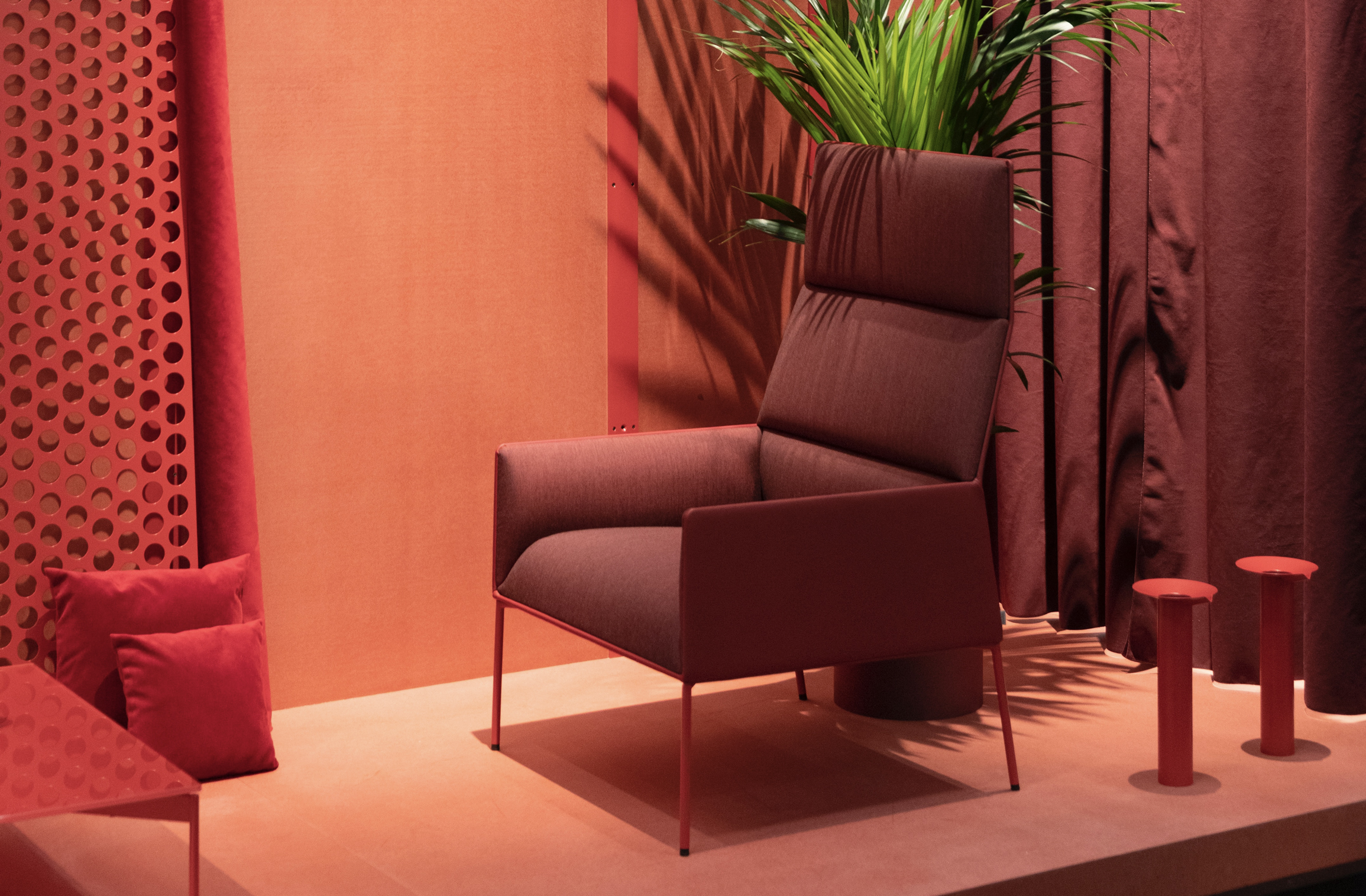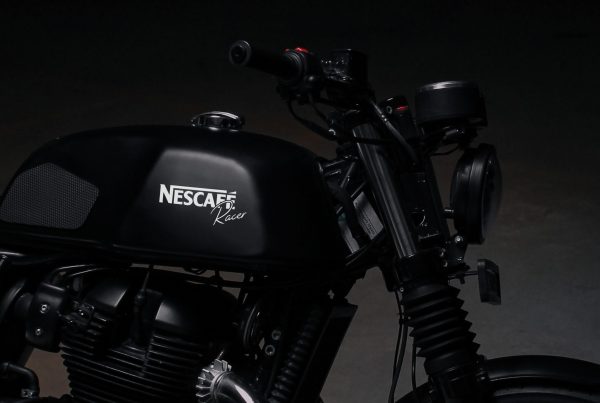Have you ever thought about why things are, the way they are?
Why do all cars take a similar form and shape regardless of their shared function of simply moving us around. Why are all hammers the way they are and why do we still carry loads of keys around, when technology could help us completely eliminate the unwelcoming anxiety from our lives when they suddenly disappear.
Mostly, it’s because we tend to design things to serve a specific function and the form, or the shape they take, directly responds to the function they serve no matter how complicated, or simplified that function may be.
Don’t get me wrong, as a designer inspired by the bauhaus movement, an enthusiast of classic mid-century styles and an unparalleled love for swiss design, I still very much believe in and practice the philosophy that form follows function which is a design principle historically defined by American Architect Louis Sullivan as;
“It is the pervading law of all things organic and inorganic, of all things physical and metaphysical, of all things human and all things superhuman, of all true manifestations of the head, of the heart, of the soul, that the life is recognizable in its expression, that form ever follows function. This is the law.”

As referenced in an article by Smashing Magazine
To paraphrase in our own words. Form is traditionally referred to as how something looks, how it feels, its characteristics, it’s uniqueness, can we make it more appealing through design, can we make it easier to use, can we design it so the user doesn’t even have to think about how to use it. This is design, in form.
Function is all about how it works, what makes it work and what makes it useful which is part of the entire design process. If we can use design thinking to improve functionality in the development of products, objects and their core characteristics rather than simply the use of design in form, we are presented with the opportunity to build far superior products that are both easier to use and to understand.
To summarise, if a product or piece of commercial design looks beautiful, but is unusable or lacks purpose, it does not follow the philosophy and is a complete waste of time. For example, giving a flying bat the form of an arm instead of a wing does not follow the function of a flying bat.
So, if the development of a product’s functionality directly influences it’s form, would it not make sense to allow a team of designers to assist in the development of its functions in the first place? From the very beginning?
The answer is yes. And a resounding yes!
And not just for objects or products, I believe you can apply these principles to design better businesses and of course, better brands.
History has already proved that this approach works and you’ll almost always get a far better, simpler and more purposeful product as a result by applying good design practices, earlier in the lifecycle of a product. Bringing designers into the conversation at the beginning allows you to shift from the chronological process we drift toward when building something to a more lateral thought process and approach to the problem.
When you work in this way (more laterally), you begin to unlock opportunities to co-design the solution, or the function with the form. You create the ability to design beauty and experience while building functionality at the same time. The result? A recipe for successful design.
Next time you’re working on a new venture, a new product or your up against a new challenge that needs solving. Try and bring your designers in as early as possible. It’ll do you (and your product) the world of good.


